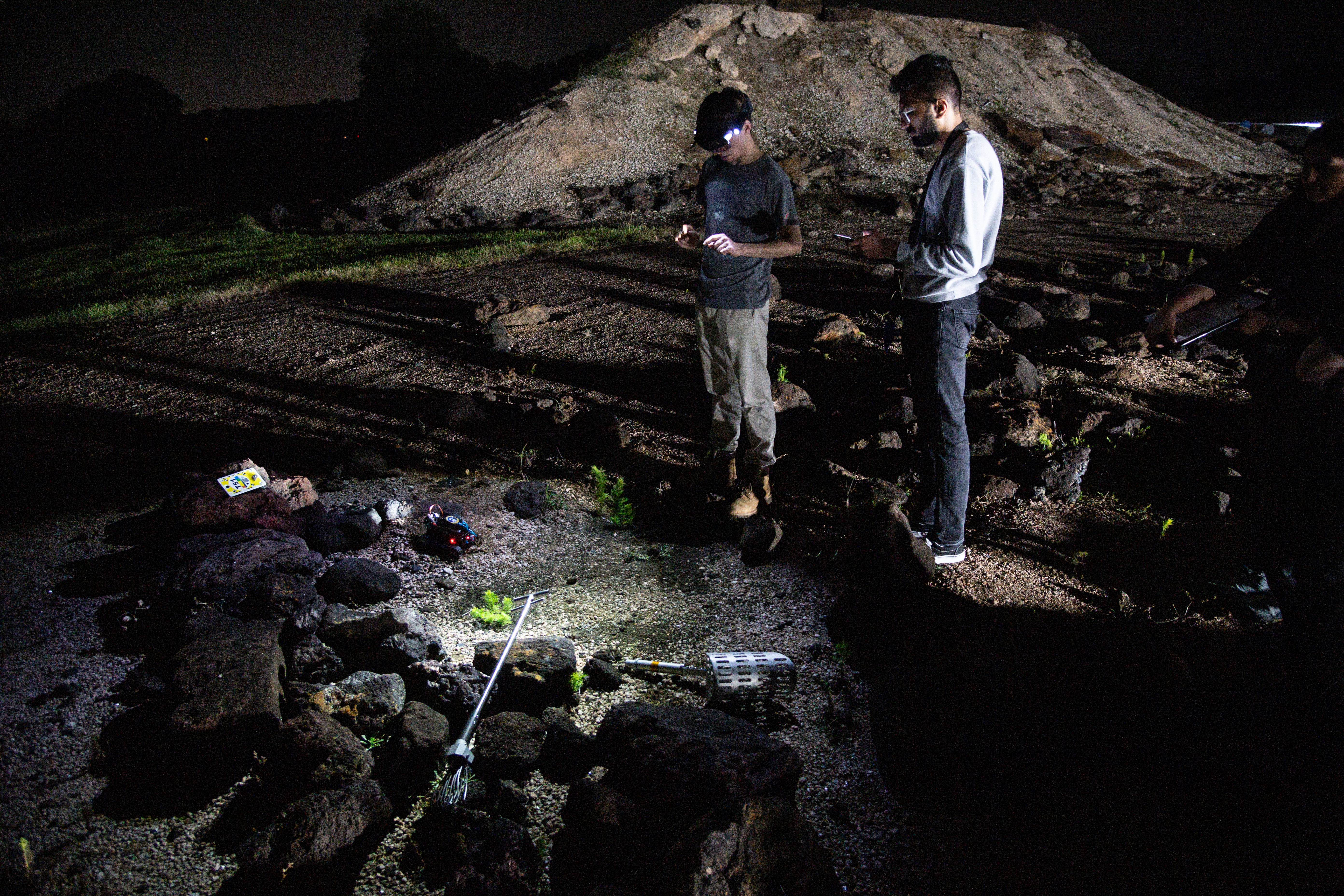Space Technology & Engineering

Monitoring and understanding the Earth’s atmosphere requires detailed knowledge of both engineering and space physics—a combination common among ECE’s space science researchers. These researchers are monitoring and modeling various compounds at all levels of the atmosphere to better understand how space weather affects activities and weather on the Earth’s surface—and how human activity and climate change affect space.
Associated Faculty
Highlighted Research
ECE researchers are developing new instrumentation to observe the radiative impacts of pollutants. The new instruments are compact, robust, and suitable for implementation on constellations of satellites.
ECE researchers will be conducting atmospheric gravity wave studies via in-situ measurements of wave perturbations in the ionosphere and remote sensing of the middle atmosphere. These measurements can then be correlated with weather maps of the lower atmosphere, allowing for atmospheric coupling studies over a wide altitude range.
A sounding rocket program is underway to explore the upper atmosphere of the Earth’s polar night. This region is difficult to access and is relatively unobserved. We are particularly interested in the concentration of aurora-produced nitric oxide—which is a catalytic destroyer of ozone. The long polar winter nights are expected to contain large levels of nitric oxide, but with few observations, this is not well understood.
ECE researchers are engaged in further studies of middle atmosphere gravity waves in NASA’s Aeronomy of Ice (AIM) mission. New algorithms to determine stratospheric gravity wave morphology will be applied to more than 10 years of AIM observations to form a unique dataset for studying the coupling of the Earth’s upper and lower atmosphere.
An ECE investigation examined how the currents flowing in and out of the ionosphere respond to the interplanetary electric field, the product of the solar wind velocity and Earth’s magnetic field. We found that the magnetic field-aligned currents have a linear response to the level of solar wind driving, which was surprising since the electric fields in the ionosphere have been known to level off, or saturate, as the interplanetary electric increases.
ECE researchers operate six autonomous, adaptive remote data collection platforms on the East Antarctic plateau. The platforms support fluxgate and induction magnetometers, dual frequency GPS receivers, and a high-frequency radio experiment to investigate high latitude space weather phenomena. Recent research has focused on magnetohydrodynamic wave events initiated by solar wind pressure pulses and seasonal interhemispheric differences in conductivity.
The Virginia Tech Super Dual Auroral Radar Network (SuperDARN) operates five high-frequency (HF) radars. We are investigating cause-and-effect influences in the solar wind-magnetosphere-ionosphere system using a variety of ground- and space-based datasets. Recent research examined the north-south inter-hemispheric symmetry of the Sub-Auroral Polarization Stream (SAPS).
In conjunction with NASA and the U.S. Air Force, ECE researchers are leading the effort to understand the effects that climate change is having on the upper atmosphere. Current evidence suggests that the upper atmosphere is shrinking and cooling, the opposite trend of the lower atmosphere. Understanding the implications of this change will be key to predicting further effects of climate change.
ECE researchers are investigating the impact of ultra-low frequency plasma waves on surface level electronics, such as those used in the power grid and submarine networking cables. These geospace electromagnetic effects can trigger technological malfunctions from communications issues to power failures.
Other Research Topics
- Desaturation Controller for a Magnetic Core for Power Line Energy Harvesting
- Modeling and Optimization of Treatment Protocols for Breast Cancer
- Cancer Detection & Treatment


